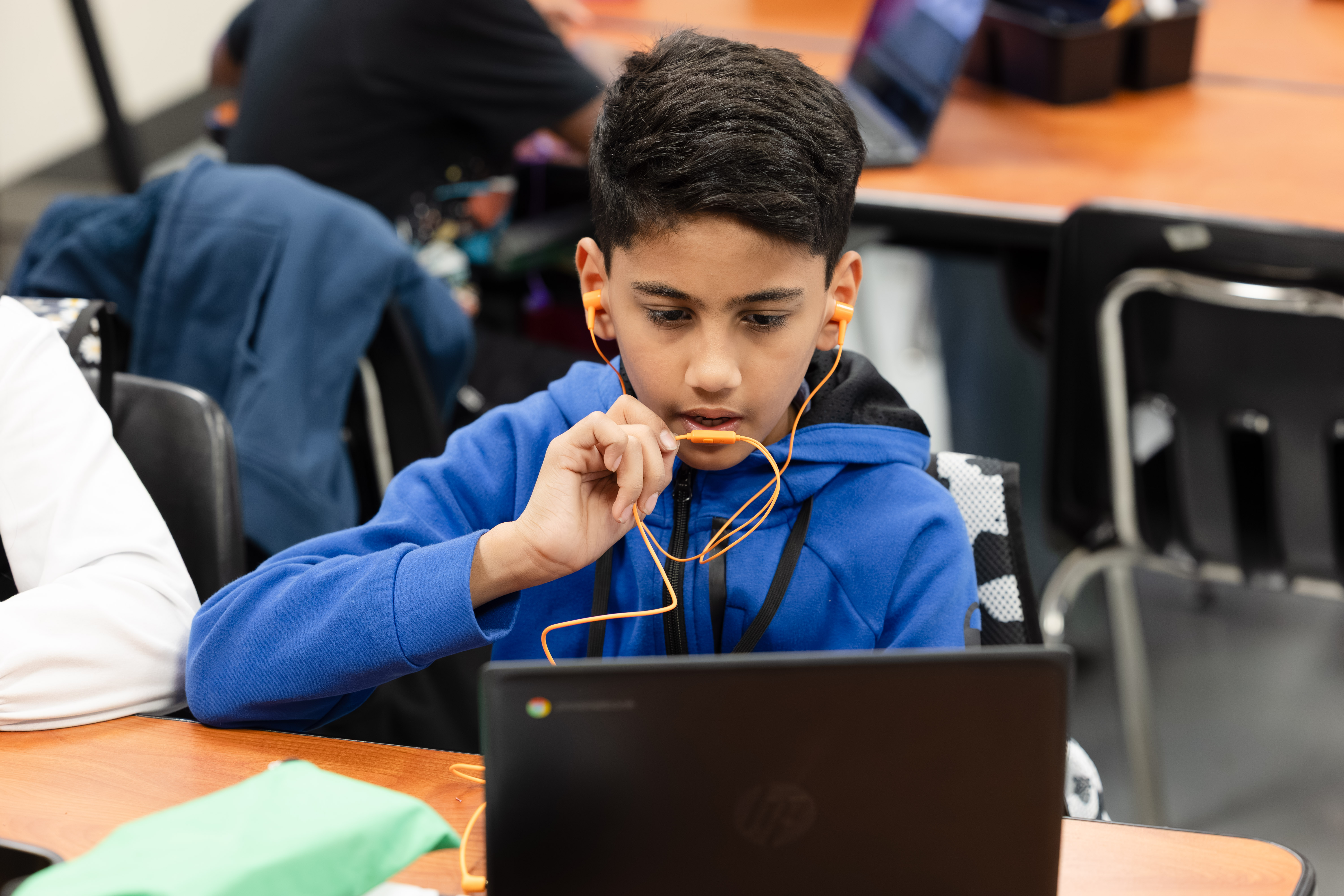The Multiple Deficit Model: Understanding Dyslexia as More Than Phonology

For many years, dyslexia was primarily described as a phonological deficit. This perspective highlighted the very real difficulties many children face with phonological awareness and sound manipulation. But newer research has revealed something important: dyslexia is more complex. It does not arise from a single weakness, but from the way multiple brain systems work together or sometimes fail to do so.
This broader understanding is captured in the Multiple Deficit Model (MDM), advanced by researchers including Dr. David Francis, Ph. D., Jack Fletcher, and Bruce Pennington. The model emphasizes that dyslexia reflects the interaction of many factors, such as phonological processing, rapid automatized naming, orthographic knowledge, working memory, processing speed, language skills, and reading fluency.
What the Multiple Deficit Model Says
The MDM helps explain why no single test or single score can fully capture dyslexia risk. Reading is a networked process in the brain, drawing on systems for language, vision, memory, and attention. A student may struggle because of weaknesses in one of these areas, or because of the way several of them interact.
This also explains why students with dyslexia often show diverse profiles. Some may have pronounced phonological difficulties, while others show slower naming speed, limited working memory, or challenges with orthographic mapping. The MDM acknowledges this variability and encourages us to look at the whole profile, rather than narrowing in on a single factor.
From a neuroscience standpoint, this model aligns with how the reading brain functions: circuits for phonology (left perisylvian regions), orthography (including the visual word form area), lexical–semantic systems, and executive/attentional control must coordinate efficiently for skilled reading.
Dyslexia screening must sample the pattern across systems to be predictive and instructionally useful.
How Amira Puts the Model Into Practice
Amira’s dyslexia and reading risk screener is explicitly structured to reflect the MDM. At every grade level, Amira presents tasks that tap into these different domains.
- In kindergarten, Amira focuses on skills that don’t require reading yet, such as RAN, phoneme segmentation, nonword repetition, and visual attention. These early markers can reveal risk even before children are decoding words.
- In first grade, Amira adds measures of decoding, word identification, and oral reading fluency, while still monitoring phonological awareness and memory.
- By second grade and beyond, comprehension and fluency tasks come to the forefront, while speed and accuracy continue to provide insight into underlying processing challenges.
Because Amira listens to children read aloud in real time, Amira can capture how these different systems work together. Amira measures not just whether a student reads accurately, but how quickly they retrieve words, how efficiently they manipulate sounds, and how well they maintain fluency across connected text.
These task sets directly mirror MDM’s seven dimensions.
Looking at How Skills Work Together
Amira is designed to go beyond measuring individual skills, capturing how different systems interact during authentic oral reading.
- With speech recognition and Reading Error Detection, Amira captures patterns like substitutions, omissions, insertions, and prosody during oral reading, giving teachers a clearer picture of how students read.
- Amira adjusts task difficulty in real time to every student’s ability while keeping testing accurate and efficient.
- Using multimodal insights, such as timing and response patterns, Amira highlights aspects of reading, such as processing speed and self-regulation, that are often missed by more traditional assessments.
The MDM framework explicitly cautions that most screeners focus too narrowly on word recognition, which undermines prediction. A holistic set of measurements is required to reflect the complexity of reading risk identification.
Making the Complexity Practical for Teachers
For teachers and districts, the value of an MDM-aligned screener is that it makes this complexity actionable.
- Administrators can configure assessments to include tasks like RAN and adjust language options, ensuring the right measures are included.
- Flexible screening windows help districts align benchmarks or progress checks with their instructional calendar, showing how skills develop over time.
- Reports provide a district‑to‑student view of dyslexia and reading risk, helping leaders and MTSS teams prioritize early intervention and further evaluation for at‑risk readers.
- Assessment, standards, and Science of Reading reporting allow drill‑downs beyond a single risk label, aligning results with local cut lines, domain subscores, and literacy strands to guide instruction.
From Complexity to Clarity in Reading Growth
The Multiple Deficit Model provides a more comprehensive framework for understanding dyslexia. It encourages us to recognize that reading difficulties reflect multiple, interacting systems in the brain. By screening across these systems, teachers gain a more accurate picture of each student’s needs.
Amira puts the Multiple Deficit Model into practice, capturing how each system contributes to reading during real oral reading and presenting the findings in ways teachers can act on. This makes it easier to identify what’s preventing progress and guide the right interventions.
With this multidimensional approach, dyslexia screening becomes not just about identifying risk but about understanding it in ways that help students become proficient readers.
Read the next blog: The Active View of Reading: Moving Beyond the Simple View
Read more from the AI & The Reading Brain Blog


.avif)